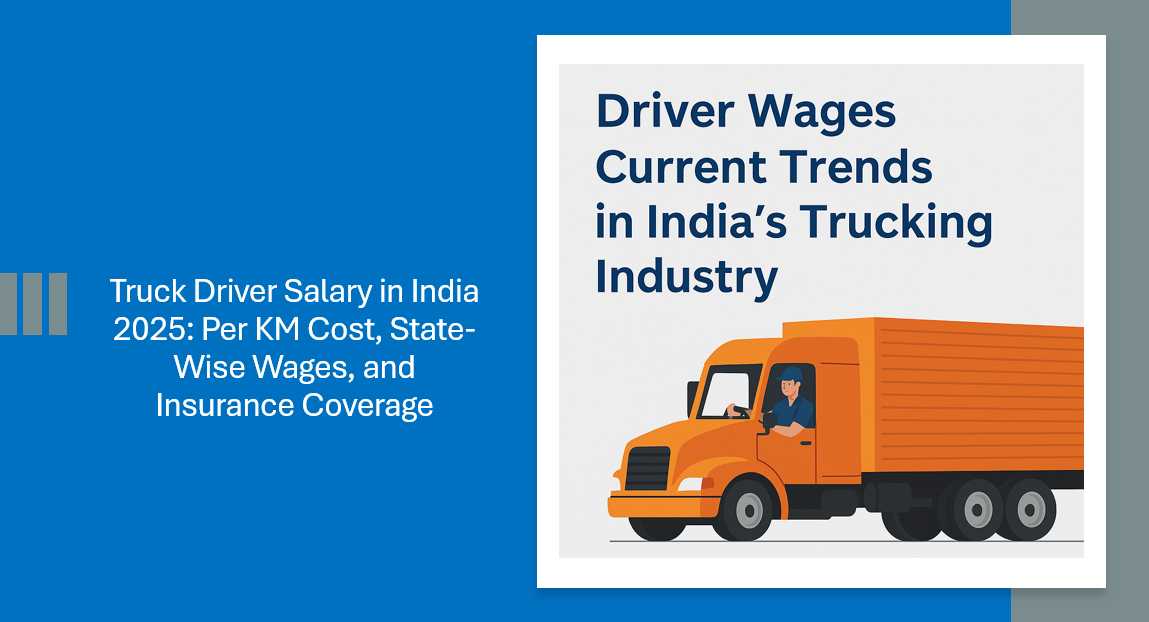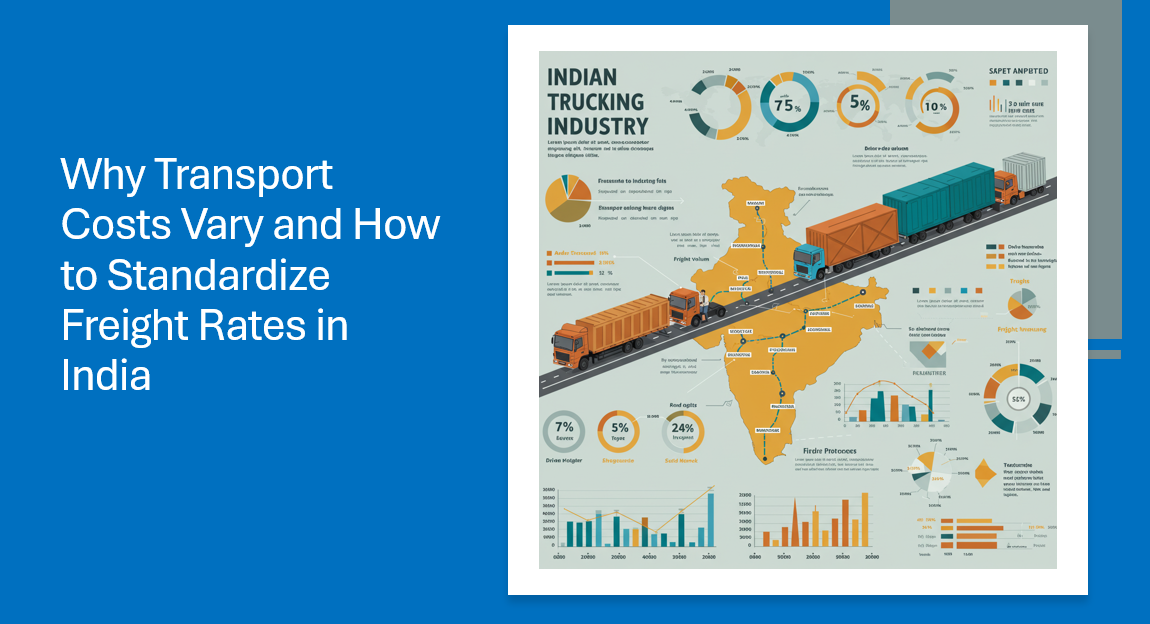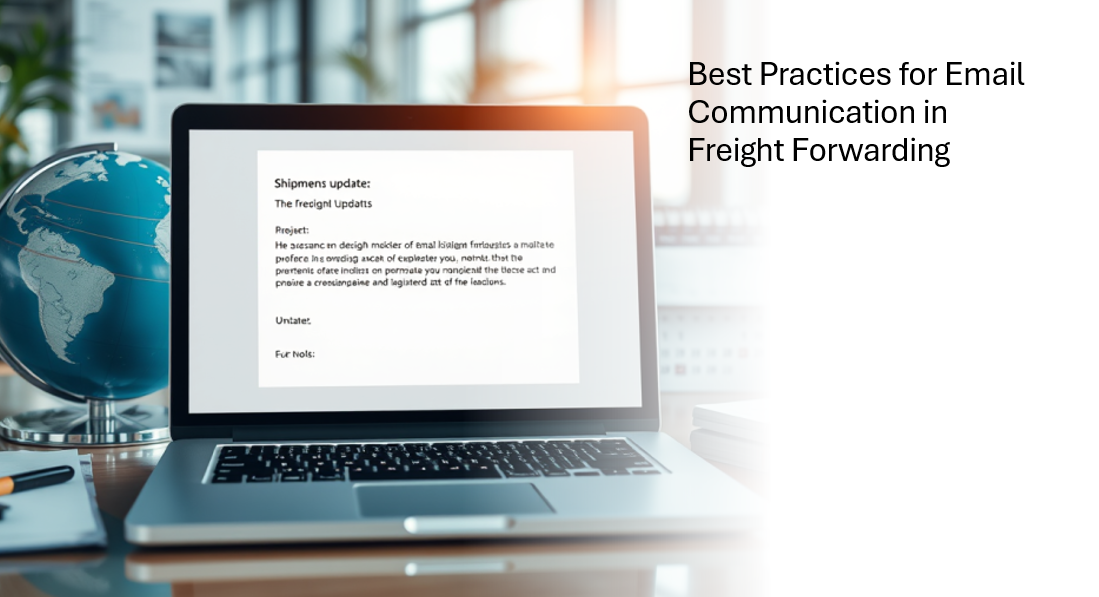In the world of logistics and supply chain management, cost efficiency is paramount. One of the tools used to achieve this is the “Truck Should Cost Model,” a methodology that estimates the fair cost of trucking services. This model is invaluable for procurement and pricing communities, offering a benchmark for negotiations and pricing strategies. However, understanding the challenges and benefits of negotiating prices without a truck should cost model, and how this model works in comparison to the real trucking market, is crucial. Let’s delve into these aspects.
Challenges of Negotiating Prices Without a Truck Should Cost Model

Lack of Benchmarking Data
When you’re trying to negotiate trucking prices without a should cost model, it’s like trying to bake a cake without a recipe. You might have a general idea of what goes into it, but you’re not sure about the exact quantities or proportions. This lack of reliable benchmarks makes it tough to know if you’re getting a good deal or if you’re overpaying for trucking services.
I remember once trying to negotiate trucking rates for a small business I was helping. We were completely in the dark about what was considered a fair price. It felt like we were just throwing darts at a board, hoping to hit a good deal. This experience really drove home the importance of having solid data to work with.
Inconsistent Pricing
Without a standardized model, trucking prices can be as unpredictable as the weather. One day you might get a great rate, and the next day it could skyrocket due to factors like increased demand or fuel price hikes. This inconsistency can wreak havoc on your budget and make it really difficult to plan for the future.
Time-Consuming Negotiations

Negotiating without a should cost model can eat up a lot of your time. You might find yourself spending hours researching rates, calling different trucking companies, and trying to piece together a fair price. It’s like trying to solve a puzzle without having all the pieces. This can be especially frustrating when you have other important tasks to focus on.
Limited Leverage
When you don’t have solid data to back up your position, it’s hard to push back against high prices. You might feel like you’re at the mercy of the trucking companies, unable to effectively argue for better rates. This lack of leverage can result in higher transportation costs, which can really eat into your profits.
Benefits of Using a Truck Should Cost Model
Enhanced Cost Transparency
A truck should cost model is like having x-ray vision for trucking costs. It breaks down all the components that go into the final price – things like fuel, driver wages, maintenance costs, and overhead expenses. This transparency is incredibly helpful because it allows you to see exactly where your money is going.
For example, if fuel prices have dropped but the trucking company hasn’t adjusted their rates, you’ll be able to spot this discrepancy and bring it up in negotiations. It’s like being able to look under the hood of a car before you buy it – you know exactly what you’re getting.
Improved Negotiation Power
With a should cost model in your toolkit, you’ll feel much more confident going into negotiations. Instead of relying on gut feelings or vague industry knowledge, you’ll have concrete data to back up your position. This can be a game-changer in getting fair prices.
I once used a should cost model in a negotiation with a trucking company. When they tried to justify a price increase, I was able to point out specific areas where their costs shouldn’t have risen. It was like having a secret weapon – they were surprised by how much I knew about their cost structure!
Standardization and Consistency
A should cost model brings a level of consistency to your trucking negotiations that’s hard to achieve otherwise. It’s like having a trusted recipe that you can use again and again, knowing it will give you good results each time. This consistency makes it much easier to budget for transportation costs and avoid nasty surprises down the line.
Data-Driven Decision Making
With a should cost model, you’re not just guessing or going with your gut – you’re making decisions based on solid data. This can help you spot trends over time, identify areas where you might be able to save money, and make more informed choices about your transportation strategy.
For instance, you might notice that certain routes consistently cost more than others, or that prices tend to spike during certain seasons. Armed with this knowledge, you can plan ahead and potentially find ways to optimize your shipping patterns.
Comparing the Truck Should Cost Model to the Real Trucking Market

Market Price Fluctuations
While a should cost model is incredibly useful, it’s important to remember that the real world can be messy and unpredictable. Trucking prices can change quickly due to things like sudden fuel price hikes, driver shortages, or even extreme weather events.
I’ve seen situations where a should cost model suggested one price, but real-world conditions meant that actual prices were much higher. It’s a bit like weather forecasting – your model might predict sunshine, but you should still be prepared for rain!
Demand and Supply Dynamics

The trucking market, like any market, is influenced by supply and demand. During busy seasons, like the holiday shopping rush, demand for trucks can far outstrip supply, driving prices up. A good should cost model needs to take these fluctuations into account to stay relevant.
Vehicle Age and Maintenance
The age and condition of a trucking company’s fleet can have a big impact on their costs. Older trucks might guzzle more fuel and need more frequent repairs. On the flip side, a company with a brand new fleet might have higher upfront costs but lower ongoing expenses. A comprehensive should cost model needs to factor in these variables.
Regulatory and Compliance Costs
Trucking is a heavily regulated industry, and compliance with these regulations can be expensive. Things like emissions standards, safety requirements, and driver hour limitations all add to the cost of running a trucking business. A good should cost model needs to account for these regulatory costs to give an accurate picture of true trucking expenses.
Conclusion
The truck should cost model is a valuable tool for anyone involved in procurement or pricing in the logistics industry. It brings transparency, consistency, and data-driven insights to what can otherwise be a murky and unpredictable process. However, it’s important to use this model as a guide rather than gospel, always keeping an eye on real-world conditions and being ready to adjust your expectations when necessary. By combining the insights from a should cost model with an understanding of market dynamics, you’ll be well-equipped to navigate the complex world of trucking negotiations and secure fair, competitive prices for your transportation needs.
Stay updated with LOGIXMINDZ! Subscribe to our NEWSLETTER for the latest insights and join our LinkedIn group for even more valuable content







Leave a Reply